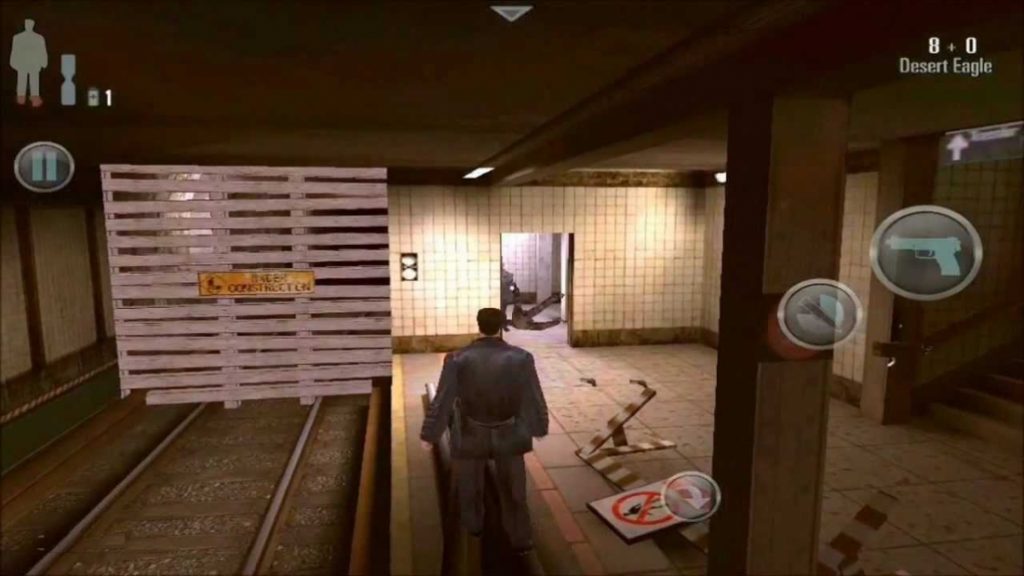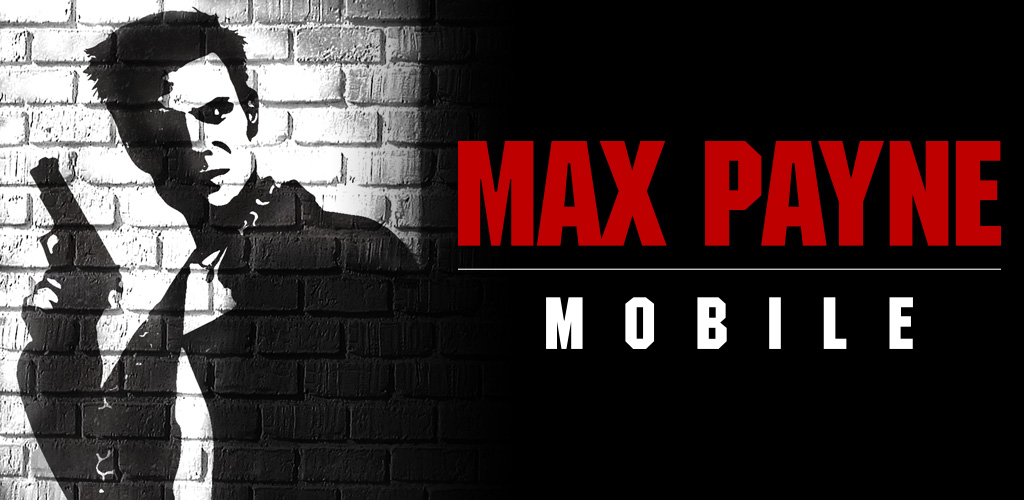Max Payne is born in the confused minds of Sam Lake and Remedy Entertainment. Released in 2001, the game is often cited as the first example of a third-person shooter to achieve technical, commercial, and critical success. In addition, she introduced the world to Bullet Time, a mechanic that slows down time, allowing the player to have a more cinematic experience while keeping the overall flow and involvement in the process. The invigorating story has also stood the test of time.
Peculiarities
The noir tone of old detective films hangs in the cold New York air, while rudimentary reflections on Norse mythology are scattered throughout the narrative. Against the backdrop of the New York skyline, the graphic representation is very outdated, but the vision of what was aimed at is still alive and well.
Each design decision makes it clear that Max Payne is alone – he is a man in the belly of a beast, eager to devour him. The feeling of dread is something that many horror titles can’t evoke so well in seasoned and sophisticated gamers.
In today’s era of heavily planted shooters, constantly jumping and shooting in overdrive is a true sensation. The thrill of jumping through the air and turning someone into Swiss cheese stays the same without losing its luster, especially in open area levels that encourage experimentation. Aiming is inaccurate as the spread of bullets is inconsistent, which will be a problem on some levels that require precise input.

Plot
The story is as intriguing as the shootout. What begins as a simple tale of revenge grows into a larger and more complex web of intrigue involving mafia, epidemics, drugs and military conspiracies wrapped up in a secret society. The only nitpick here is that someone, even with the most basic knowledge of Norse mythology, can pick out the threads of a script long before they’re supposed to be revealed. However, many of the payouts end up paying good dividends.
It’s worth noting, however, that the narrative goes through comic book panels, which are an exercise in efficiency and camp. The facial expression is a bit amateurish, which lends an unintentional comedic edge, though it’s a pretty neat juxtaposition with the script. The voice acting is also a little exaggerated, but still leaves a pleasant impression for the most part.
However, while the gunplay and script remain strong, Max Payne has some ill-advised platforming sections. The Harbor mission in particular clashes with the overall feel of the game with its claustrophobic level design, and the verticality means enemies pounce on Max before he’s aware of their presence.
Subtleties
Twenty years later, Max Payne is certainly showing its age, but remains a unique third-person shooter with strong storytelling and style. This game does not have subtitles during the process, but they do in the comic segments.
In-game audio notifies players of enemies during battles, but there are no visual cues to warn the player in advance. Therefore, this should be kept in mind, since in most cases, the places where enemies appear are far from ideal. However, there are visual cues for help, and whenever the player is hit, a red flash of light will inform them of any damage.

